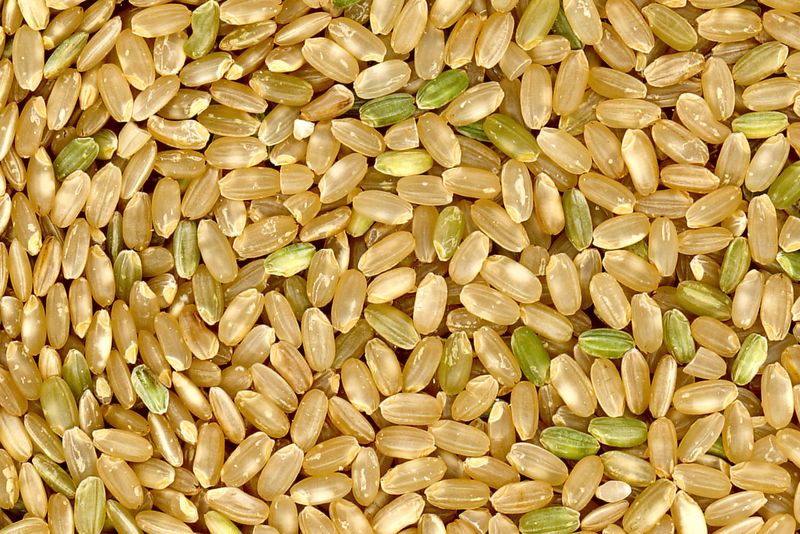Jan 29, 2020
Eating Right in Japan - Brown Rice
Before I moved to Japan, I was very spoiled for food choices. I lived in a shared house with friends who brought food culture and culinary skills gained from working in restaurants. Many nights there was a big pot of authentic Indian curry, falafel and pita, or interpretations of Italian and Tex-Mex cuisine. I had a varied diet of delicious food, and felt great nearly all the time.
On arrival in Japan, I was on my own in the kitchen with a small repertoire of recipes. I learned by trial and error about “washoku”, a diet that centers around rice, soup, and a great variety of side dishes. Learning to cook washoku was fun. The only struggle was to make sure I had a balanced diet.
I had a look at the Canada Food Guide, but I had to substitute a lot of familiar foods with Japanese ones. What to do? I turned to the Dietary Reference Intakes for Japanese from Japan’s Ministry of Health, Labour and Welfare. The guide is similar to those issued by Canada and the US, and the daily values (recommended daily intake of vitamins and minerals) depend on whether you’re young, mature, male, female, menstruating or pregnant. Then I had a look for washoku recipe books, and rolled up my sleeves.
My home cooking meant rice as a staple. Ubiquitous white rice, the hulled form served in everything from school lunches to sushi to rice balls. While rice cultivation and consumption has a long history in Japan, becoming a form of currency in the Kamakura Period, the average Japanese person before the Edo Period didn’t eat rice, but probably a variety of grains. It was in the 18th century that rice, and especially white rice, became a staple. And this white rice was probably not meeting my nutrition needs. I felt lethargic, and a doctor told me I was suffering iron and mineral deficiency.
My fatigue was partly a result of not eating enough vegetables, but also a reliance on white rice. White rice has the hull, bran, and germ removed, which means lower nutritional value. I learned other non-Japanese experience nutrition problems - a colleague who relied on bento boxes for lunch and dinner for a year, and eventually was diagnosed with beri beri, a condition that results when you don’t get enough Vitamin B1. She also wasn’t getting enough fiber, of which white rice has little.

So I adjusted my diet, found brown rice at the rice seller, and adopted it in my home cooking. Brown rice retains Vitamin B-6, magnesium, and more fiber than white rice. It takes a little longer to cook brown rice, but it’s no more effort than white, easily done in the rice cooker. A small portion of brown rice is satisfying, so I eat smaller portions while getting more nutrition.
The pre-Edo Period grains have made a comeback with 雑穀米 zakkokumai, a blend of beans, lentils, barley, millet, and other nutritious grains. It’s easy to find this additive next to standard rice in the supermarket. Zakkokumai blended with white rice lends flavor and texture to rice besides nutrition.
These days, I prepare bento box lunch and dinner with a little meat or fish, vegetables, pickles, mushrooms, sometimes tofu, and a good helping of brown rice.
And I feel pretty good most of the time.



0 Comments